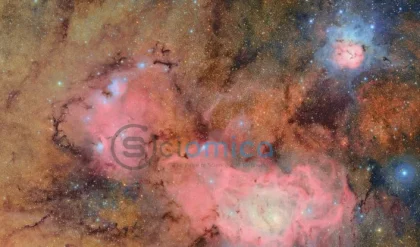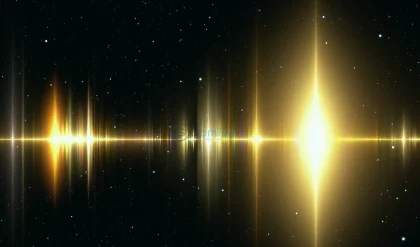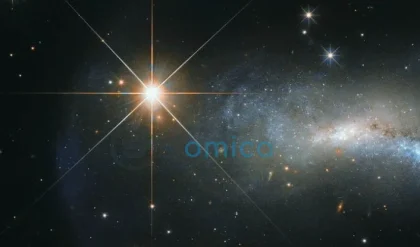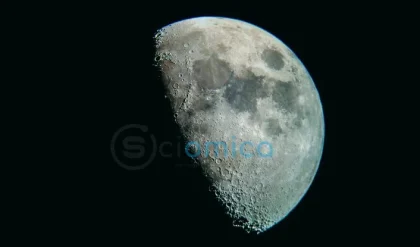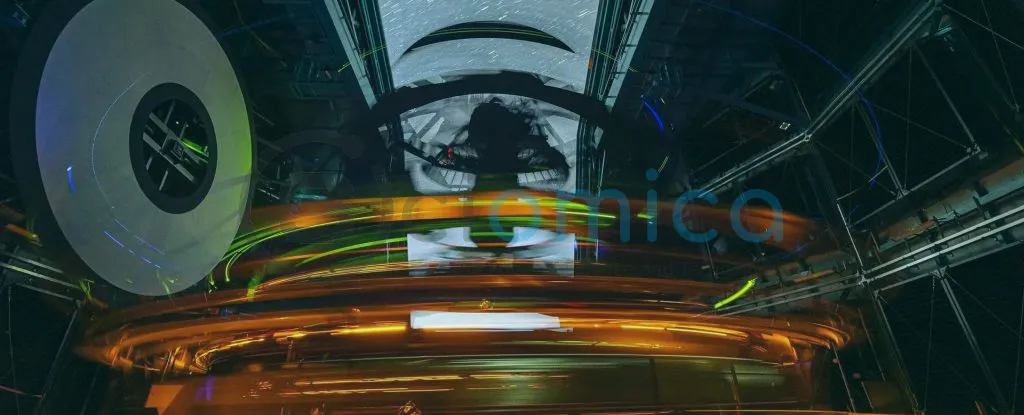
After two decades of anticipation, significant advancements in astronomy are about to unfold as the Vera C. Rubin Observatory in Chile prepares to unveil its first images. This groundbreaking facility houses the largest digital camera ever constructed, and its initial observations will be shared globally on June 23, 2025, at 15:00 UTC (11:00 EDT). The United States National Science Foundation (NSF) and the Department of Energy (DOE) will lead this monumental event, marking the dawn of a new era for sky observation.
The public will not miss out on the excitement, as live watch parties will be organized worldwide and the entire event will be livestreamed on YouTube, allowing astronomy enthusiasts and the generally curious to participate from the comfort of their homes.
The idea behind the Rubin Observatory was first proposed in 2001, and it now stands poised to make significant contributions to the field of astronomy. The observatory will conduct a comprehensive ten-year survey of the southern sky, known as the Legacy Survey of Space and Time (LSST). This ambitious project aims to capture the entire celestial canvas every few days in near-ultraviolet, optical, and near-infrared wavelengths, creating a vast time-lapse record of the universe.
Utilizing its extraordinary 3,200-megapixel camera, each section of the sky will be imaged about 800 times. This vast array of data is anticipated to be colossal, with the observatory set to generate around 20 terabytes of information each day. Throughout the LSST, the total data collection is expected to reach approximately 60 petabytes, which is double the volume amassed by the Murchison Widefield Array during the same duration.
The immense data collection necessitates advanced data processing and storage solutions, reflecting the technological demands of this pioneering observatory. Astronomers are currently brimming with excitement over the Rubin Observatory’s potential, believing it will provide insights into the universe and answer questions that have yet to be imagined.
The NSF and DOE highlight the observatory’s unique capabilities, asserting, “Rubin’s combination of speed, wide field of view, and sensitive camera expands the limits of what a telescope can do.” They emphasize that no other telescope has simultaneously detected both real-time changes in the sky and faint, distant objects on such a vast scale. This unprecedented ability ensures that rare celestial events that have never been captured before may finally come to light.
The upcoming livestream event is a crucial moment for the scientific community and anyone passionate about the mysteries of the universe. The Rubin Observatory represents a significant step forward in our quest for knowledge about cosmic phenomena, intriguing possibilities, and the very fabric of reality. Astronomers anticipate that this facility will shine a new light on the universe, leading to discoveries that could transform our understanding of the cosmos.
For those interested in being part of this historic reveal, the YouTube livestream will be accessible on the event day, and a dedicated website detailing watch parties across various locations is also available. This observatory’s first images promise to be just the beginning of an exciting journey into the depths of space.


